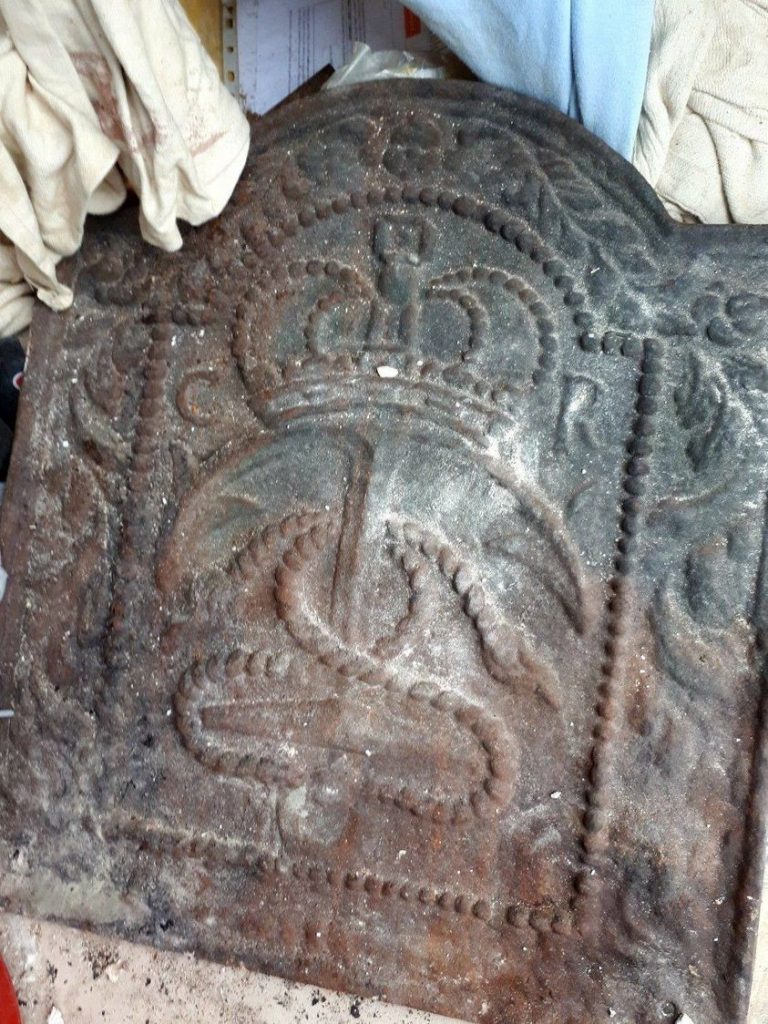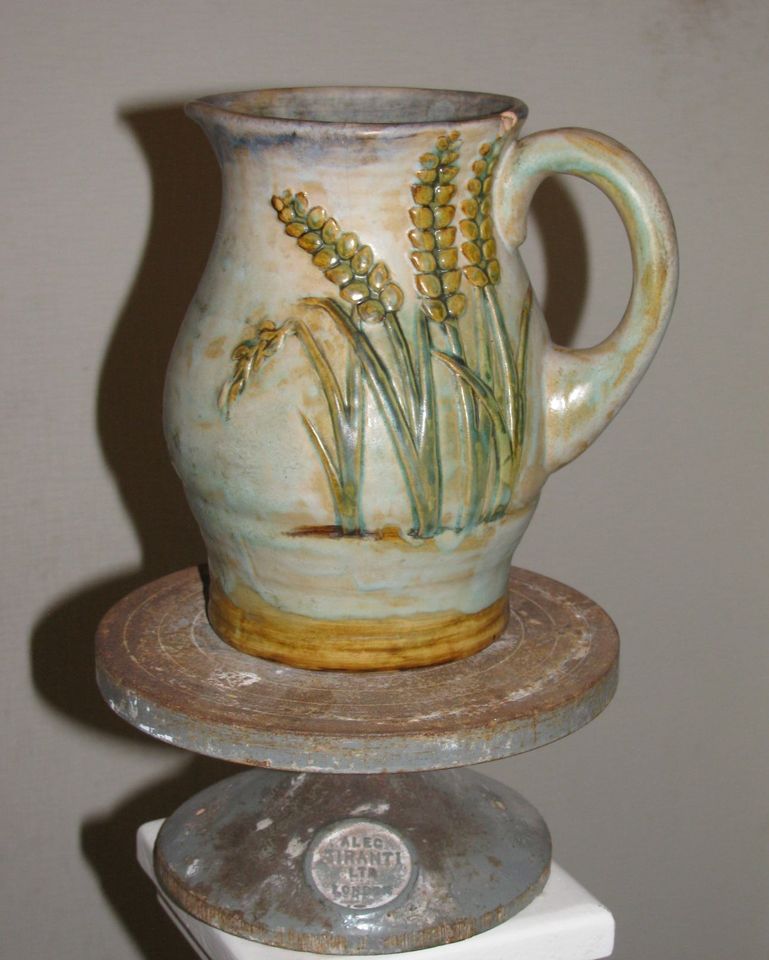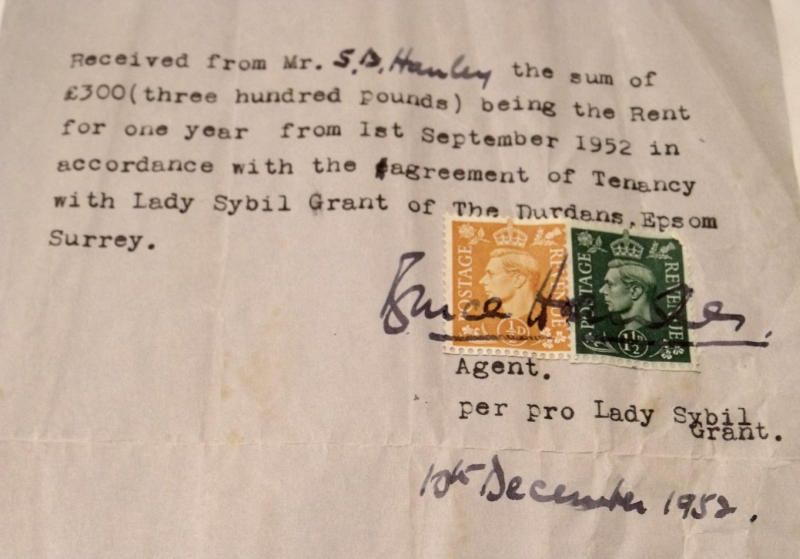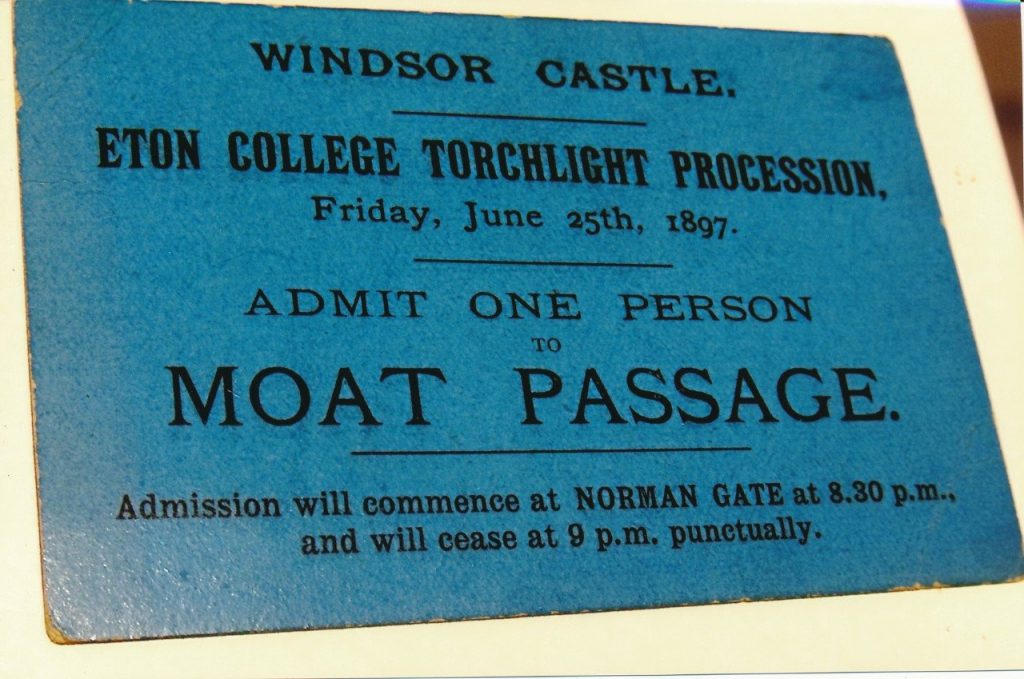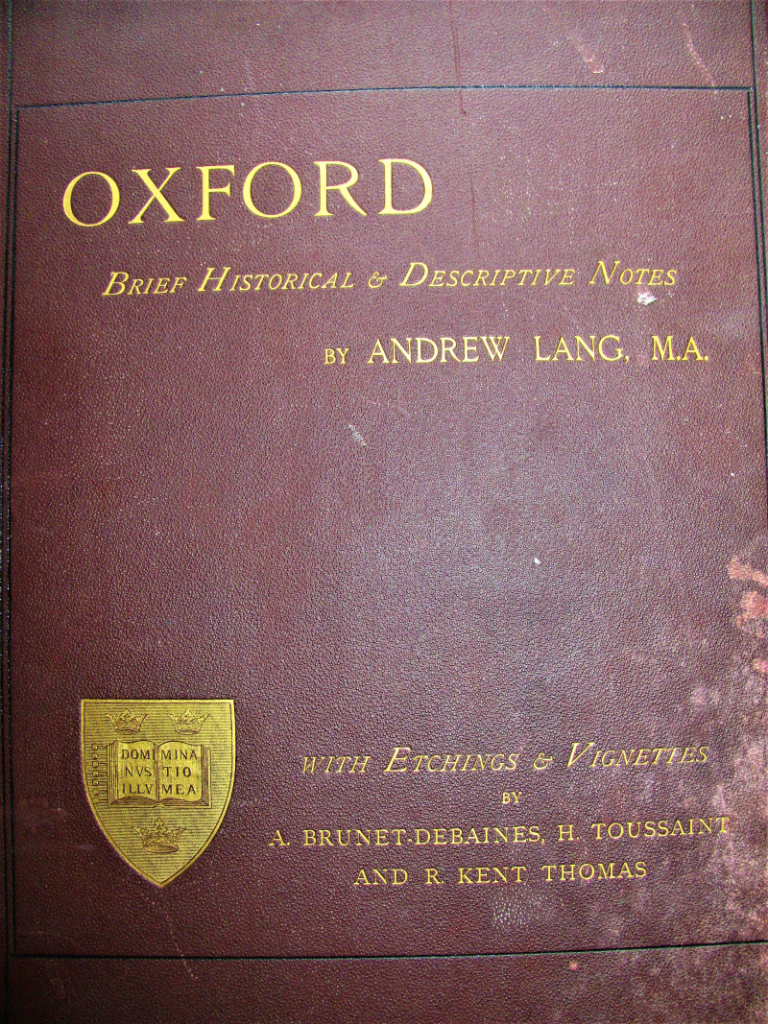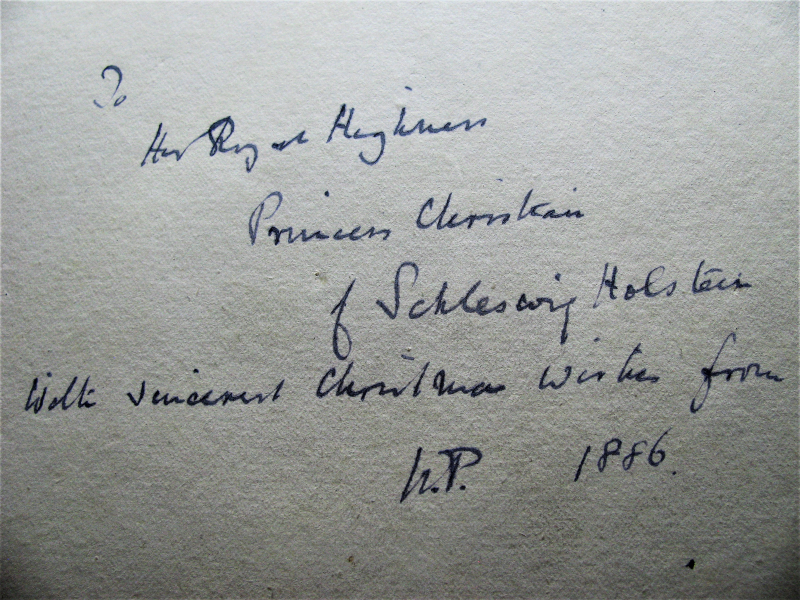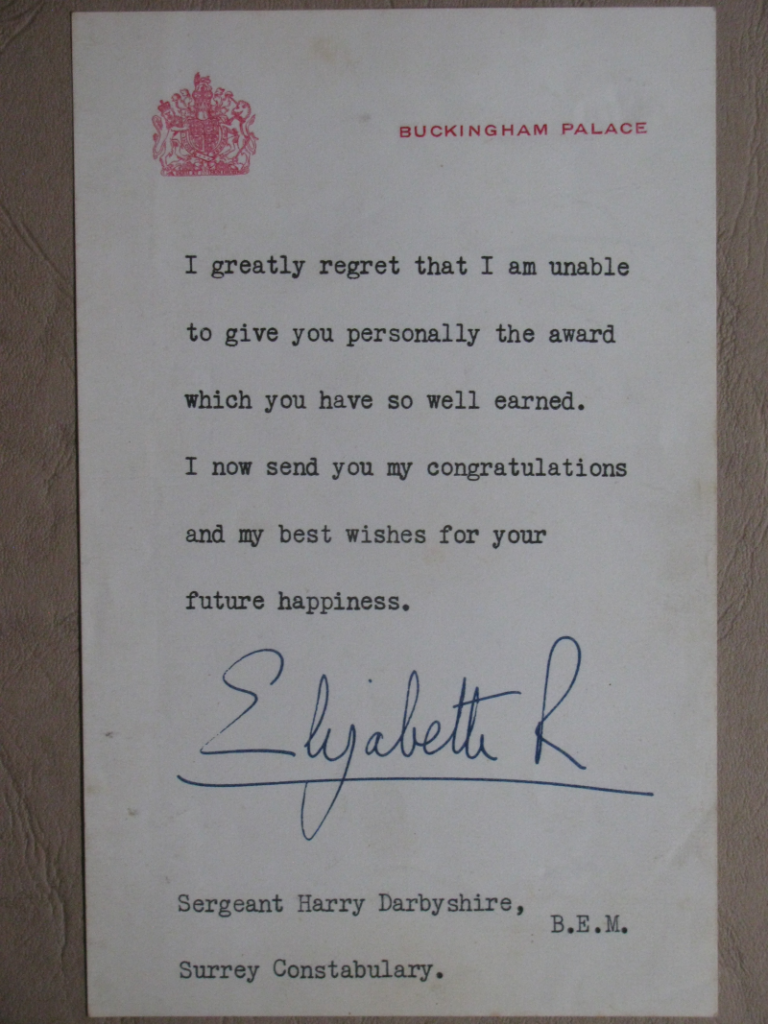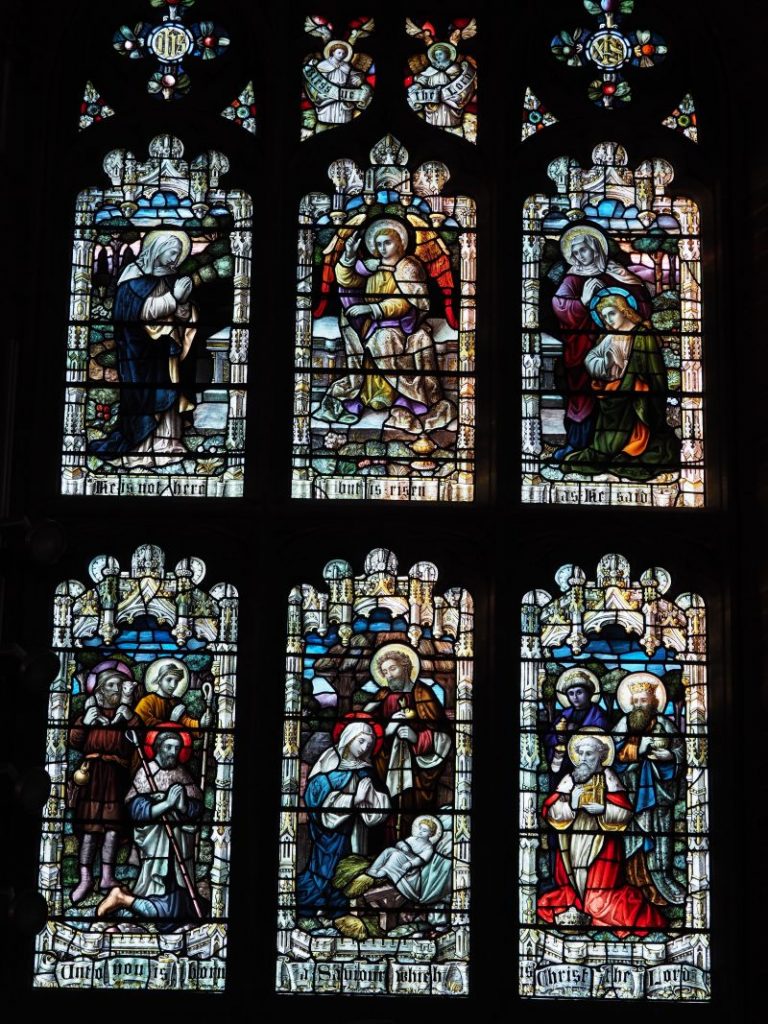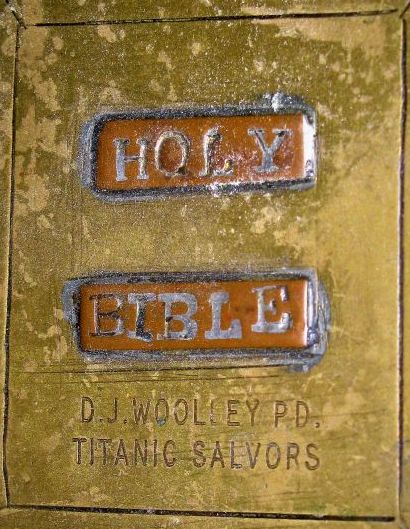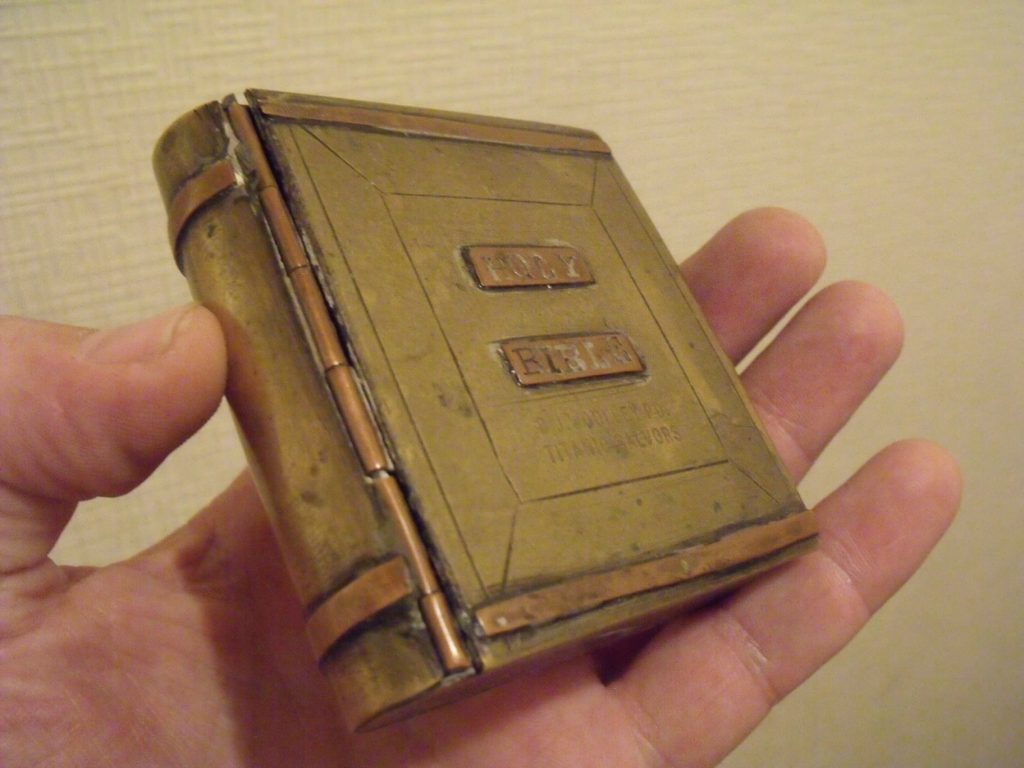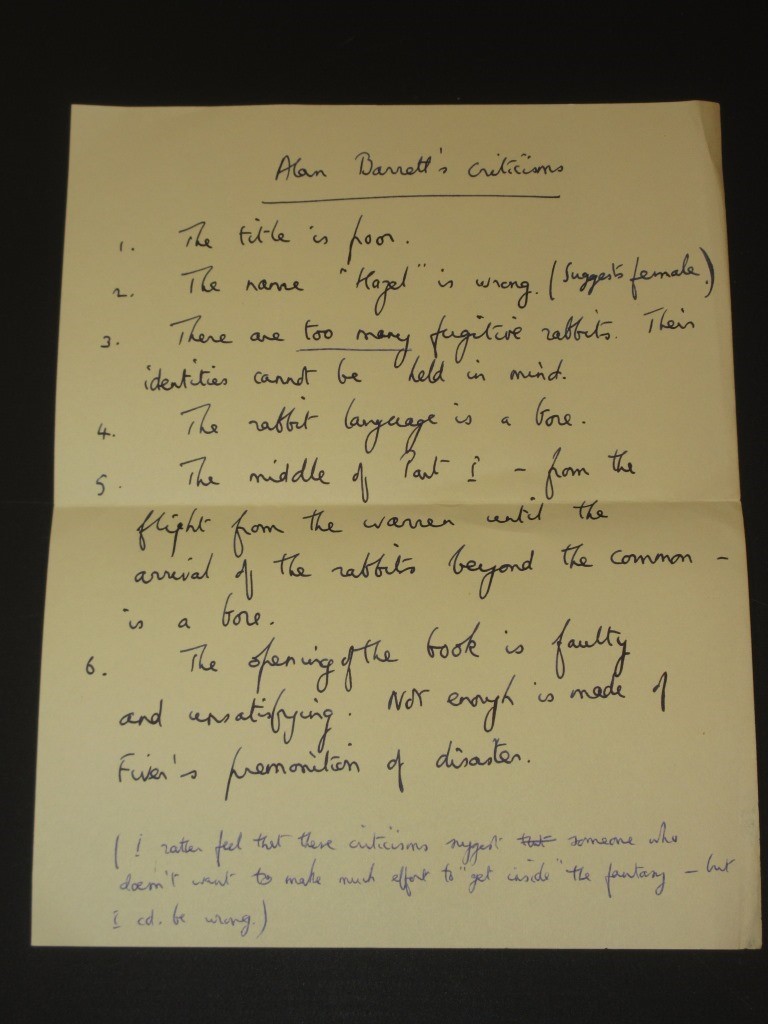Bramshott House in Epsom’s Market Place is a late 17th century, Grade II listed building that was built to provide accommodation for the rich and famous of the period who wanted to visit Epsom and its well to sample its famous waters.
Now better known as the premises of Caffe Nero, Bramshott House displays a plaque reminding coffee lovers that a very special royal visitor used to be invited back to the building by a woman for a coffee as long ago as 1670.
The woman in question had a lively personality that attracted many men, the most notable being a King.
Called “pretty, witty Nell” by Samuel Pepys who praised her performances as one of the first actresses on the English stage, Eleanor (“Nell”) Gwynne rose from humble beginnings to become best known for being the favourite mistress of King Charles II, with whom she would go on to have two sons.
Having previously been the mistress of Charles Hart and Charles Sackville, Nell jokingly called the King “her Charles the Third“.
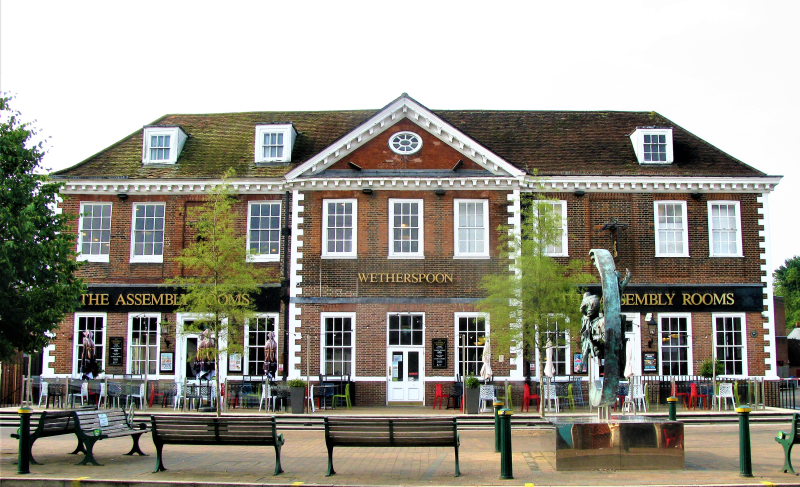
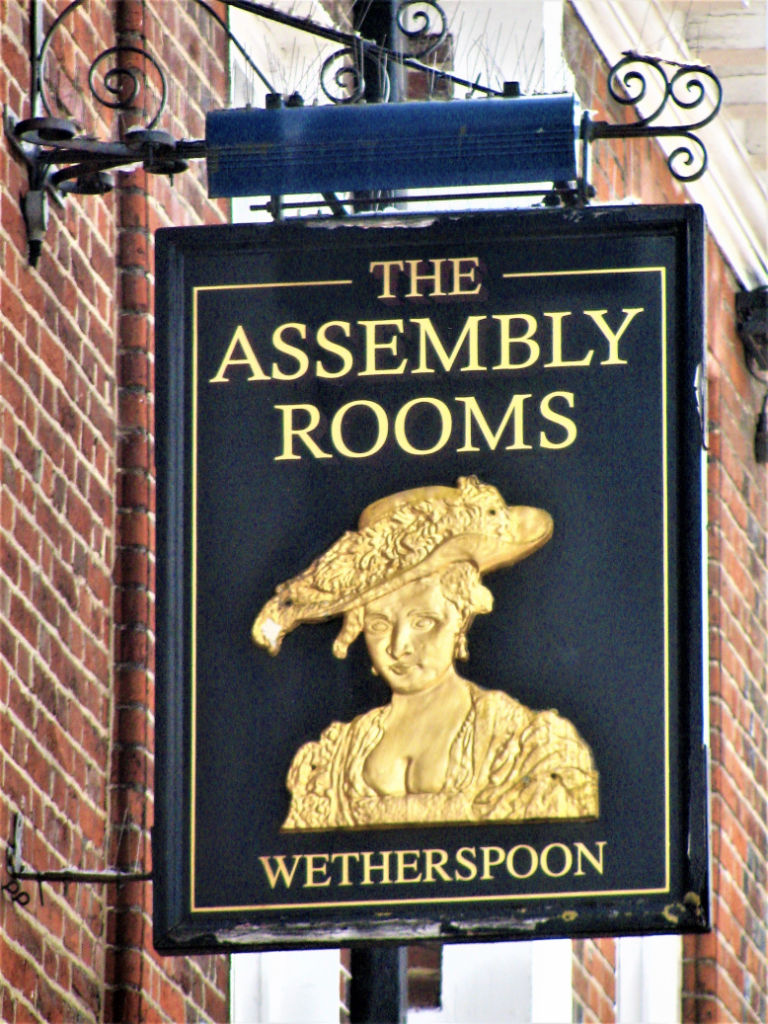

The love affair between King Charles II and Nell Gwynne began in April 1668 when Nell was attending a performance at the theatre in Lincoln’s Inn Fields and caught the attention of the King who preferred to flirt with Nell than watch the play (King Charles II never made any attempt to keep the affair a secret).
Samuel Pepys knew Epsom well and confirmed in his diary entry for 14 July 1667 that Nell Gwynne was in residence at what we now call Bramshott House where she helped “keep a merry house”. Nell lived in two little bay-windowed rooms overlooking the street, one of which was used as a bedroom and the other as a sitting room.
When Nell Gwynne entertained King Charles II, the King’s court would stay in Epsom’s Assembly Rooms (now occupied by Wetherspoons).
King Charles II died on 6 February 1685, but whilst on his deathbed made known his deep affection for “pretty, witty Nell” when instructing his brother, James II, “let not poor Nelly starve”.
Sadly, the two bay windows that Nell Gwynne used to look out of and the balcony she used to sit on, no longer form part of Bramshott House, but the plaques on the building and the King Charles II cast iron fire-back that that I purchased from The Princess Alice Hospice charity shop in Church Street in Epsom a few years ago help to remind us of a rags to royalty true-life story not unlike that of Cinderella that was acted out opposite the site of today’s Epsom’s Clock Tower by one of England’s earliest female actors.
Next time you order a coffee at Caffe Nero spare a thought for “pretty, witty Nell” who won the heart of a King, if not that of some unforgiving past historians.
